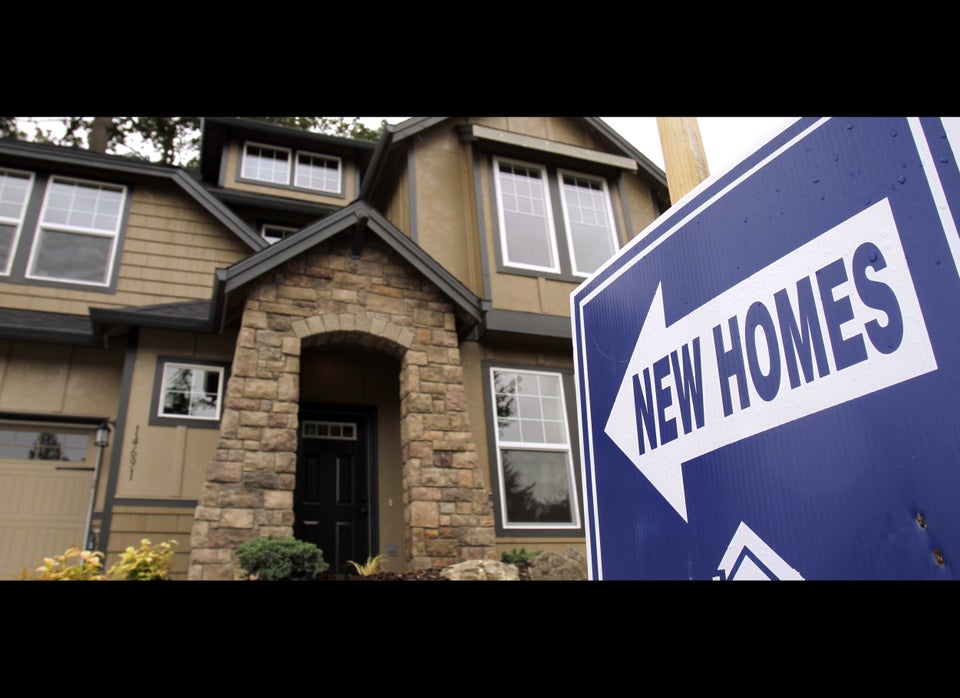
The New York Federal Reserve on Friday released documents showing it knew banks were manipulating a key interest rate more than four years ago.
The documents, which date back to 2007, show that the Fed became fully aware that banks were lying about their borrowing costs when setting Libor, and chose to take no action against them.
The documents will likely feed growing concerns about whether the New York Fed, its former chief Timothy Geithner and other market watchdogs did everything they could to stop the manipulation. The documents also raise more questions about whether the New York Fed and other regulators were too cozy with the banks involved, looking the other way in order to spare the banks too much pain at a time when the financial crisis was still brewing.
"We know that we’re not posting um, an honest LIBOR," a Barclays employee tells a New York Fed analyst in an April 11, 2008, call, "and yet we are doing it, because, um, if we didn’t do it, It draws, um, unwanted attention on ourselves."
The New York Fed representative expresses sympathy and understanding:
"You have to accept it," she says. "I understand. Despite it’s against what you would like to do. I understand completely."
The widespread manipulation of Libor, an interest rate set by banks self-reporting what they pay to borrow money for short periods, may have cost borrowers (when rates were manipulated higher) and state and local governments (when rates were manipulated lower) untold millions of dollars. And it could end up costing several banks billions of dollars in penalties and lawsuits.
In the documents released Friday -- at the request of Rep. Randy Neugebauer (R-Tex.), Chairman of the House Financial Services Subcommittee on Oversight and Investigations -- the New York Fed shows it was aware of problems with Libor as early as the fall of 2007.
The documents also show a swirl of activity by the New York Fed in the early months of 2008 relating to Libor, including memos and meetings and phone calls with bankers. Those calls included several conversations with people at Barclays, which recently agreed to pay $450 million to settle charges of manipulating Libor.
The activity culminated in a six-point memo written by then-New York Fed President Tim Geithner to Bank of England chief Mervyn King on June 1, spelling out ways to fix Libor. The documents also show that King agreed with Geithner's suggestions, and said he had passed them on to the proper British authorities.
Up to 16 banks in the U.S. and U.K. are under investigation in the scandal, which appeared to go on for years despite the knowledge of regulators in the U.S. and U.K., raising questions about whether those regulators were complicit in the scandal.
The release of the documents on Friday appears to be an effort to demonstrate that the New York Fed took an active role in trying to stop Libor manipulation -- while also pushing blame off on regulators in London.
"The New York Fed helped to identify problems related to LIBOR and press the relevant authorities in the UK to reform this London-based rate," the New York Fed said in a statement on its Web site.
But though the Fed said it continued to follow developments in Libor after mid-2008, it offers little documentation of that interest, beyond a handful of phone calls. There is no evidence that Geithner's recommendations were acted upon or that the Fed tried to make sure that they were.
"Our contacts at LIBOR contributing banks have indicated a tendency to under-report actual borrowing costs... in order to limit the potential for speculation about the institutions' liquidity problems," one New York Fed analyst wrote in April 2008.
In late October 2008, several months after Geithner's memo to King, a Barclays employee told a New York Fed representative that Libor rates were still "absolute rubbish."
